Survivors of ecological cataclysms, links to Earth’s ancient past, the ancient forests of Gondwana are a wonder of the natural world, but they could be facing their final days.

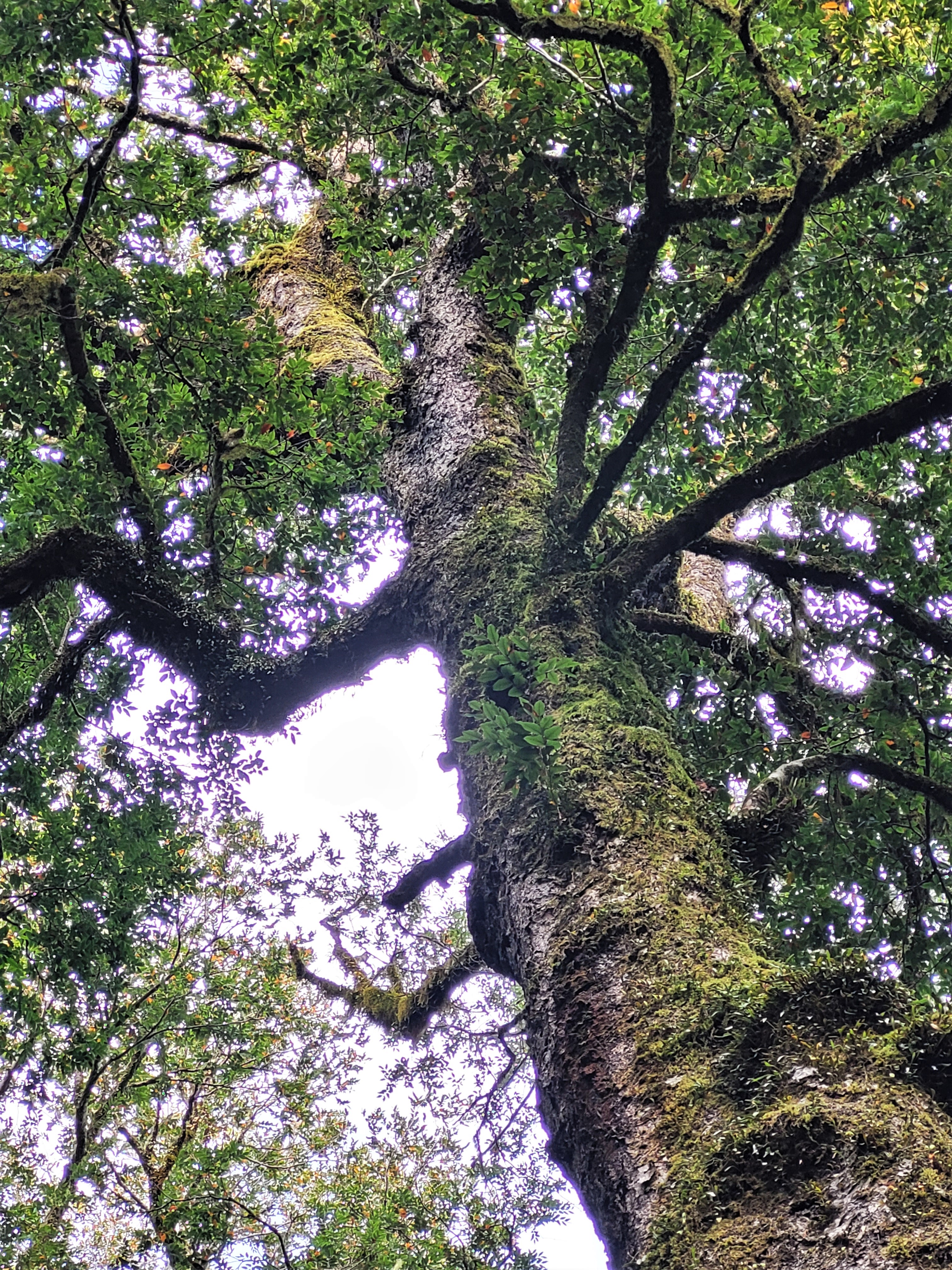
After more than two centuries of logging, ninety-nine percent of Australia’s old Gondwana forest has already been lost, and the one percent that does remain is protected, nominally, with National Park and World Heritage status.

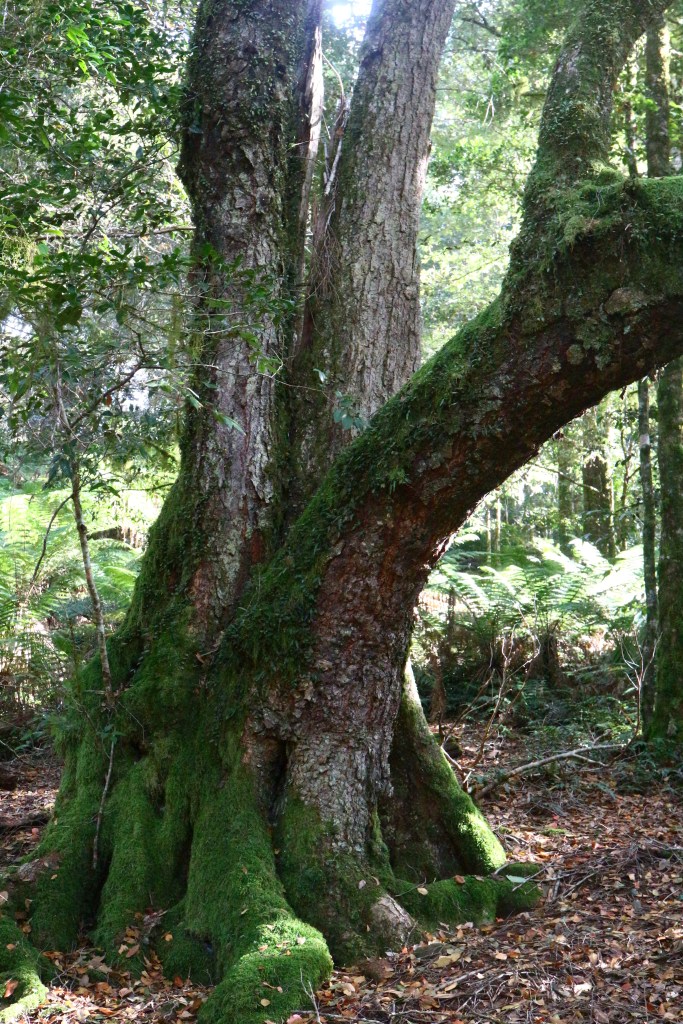
Above: fungi growing in the Gondwana Rainforest; an old Antarctic Beech.
Hidden in the rugged landscape of the Barrington plateau, some of the last remnants of this antediluvian forest remain standing today, safeguarded from fires and saws in the deep, humid valleys of the ‘tops’.
The Antarctic Beech (Nothofagus moorei) is one of the living fossils of Gondwana, its pollen and leaves found in Antarctic rocks dating back 80 million years ago, during the break up of the southern supercontinent. Today, these giants can still be found in the chain of subtropical rainforest stretching across the south eastern ranges of Australia, including the Barrington Tops National Park.
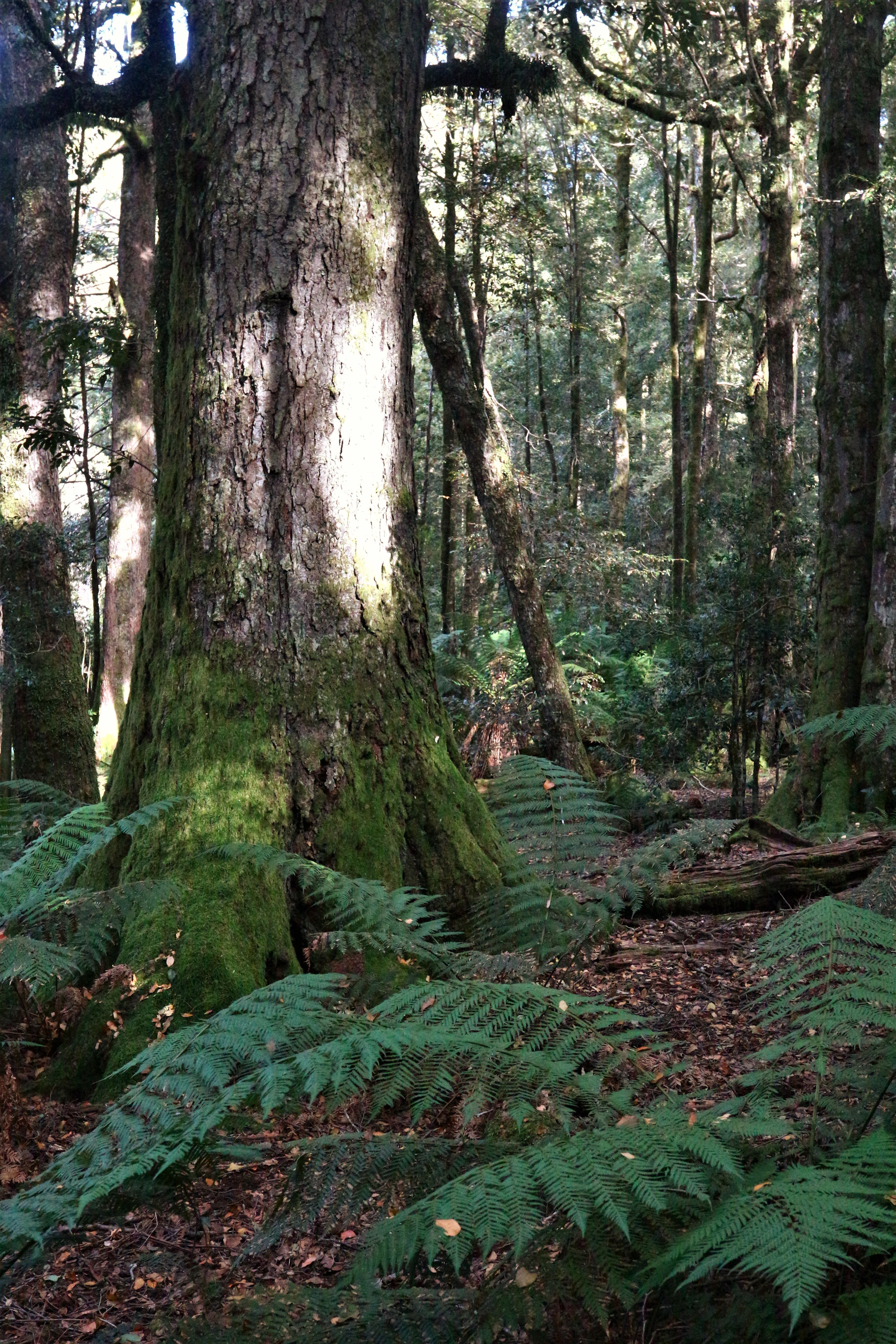


Above: Antarctic Beech; Banksia; a community of mosses.
Some of the best preserved forest can be found in Gloucester Tops, where vehicle access is more limited, and where a walking track circuit of eight kilometres takes you through the ethereal forest, past wilderness lookouts, and on into snow gum woodlands.

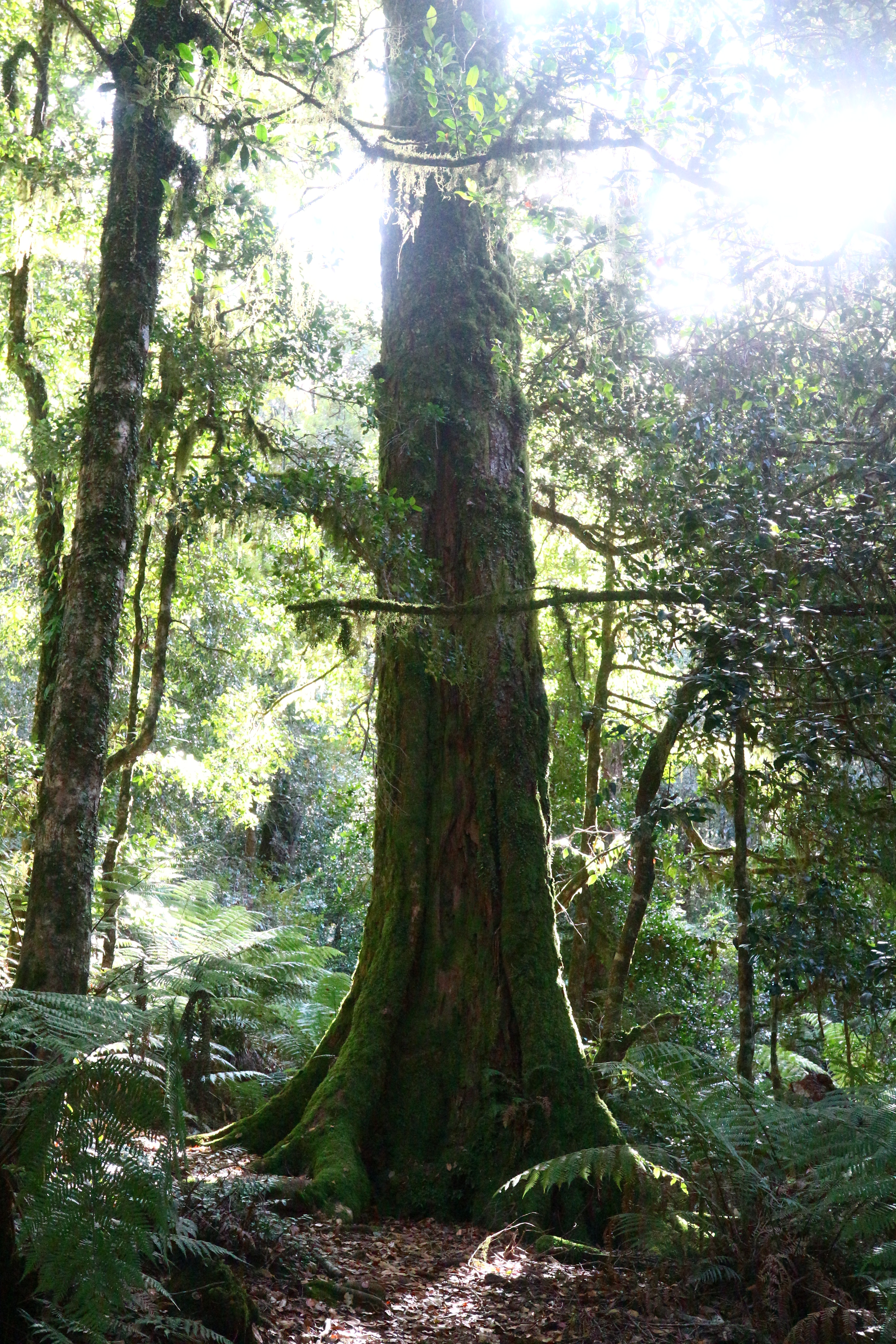
Above: Golden Everlasting Daisy (Xerochrysum bracteatum); Antarctic Beech.
A little to the north on the Barrington Tops Forest Road, though riddled with brumbies and plagued by 4WDs, visitors can walk through unique landscapes like the sphagnum moss swamps of Polblue, which act as slow-release sponges delivering water to the entire plateau ecosystem.


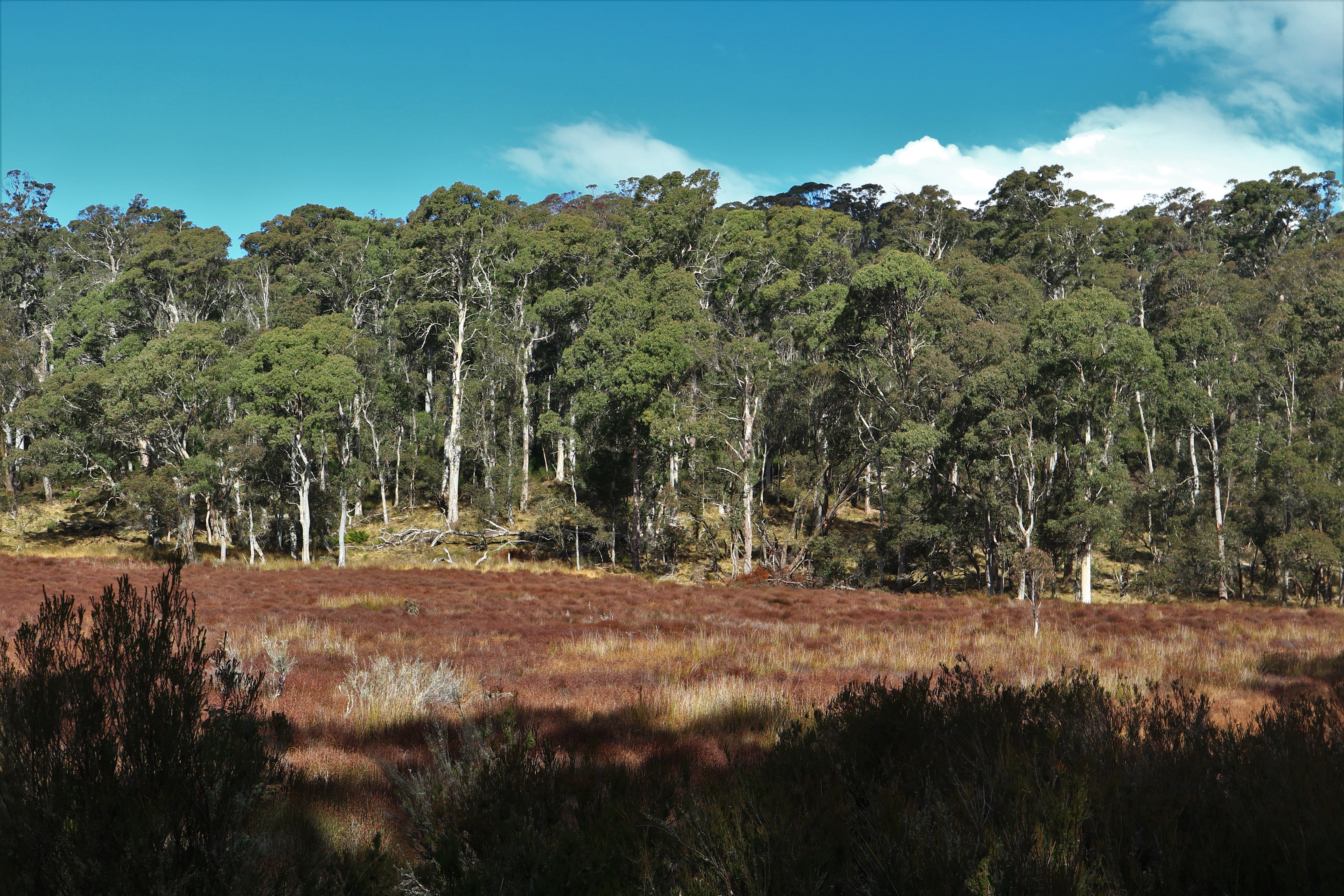
Above: Sphagnum Moss; landscape at Polblue swamp.
But today, the Gondwana rainforests could be in their last century. Already pushed to the brink by logging, feral animals, and invasive plants like Scotch Broom, these ecosystems are at risk of drying up in a changing climate. Normally too wet to burn, in the 2019-20 mega-fires the Gondwana forests ignited for the first time in centuries, millenia perhaps.
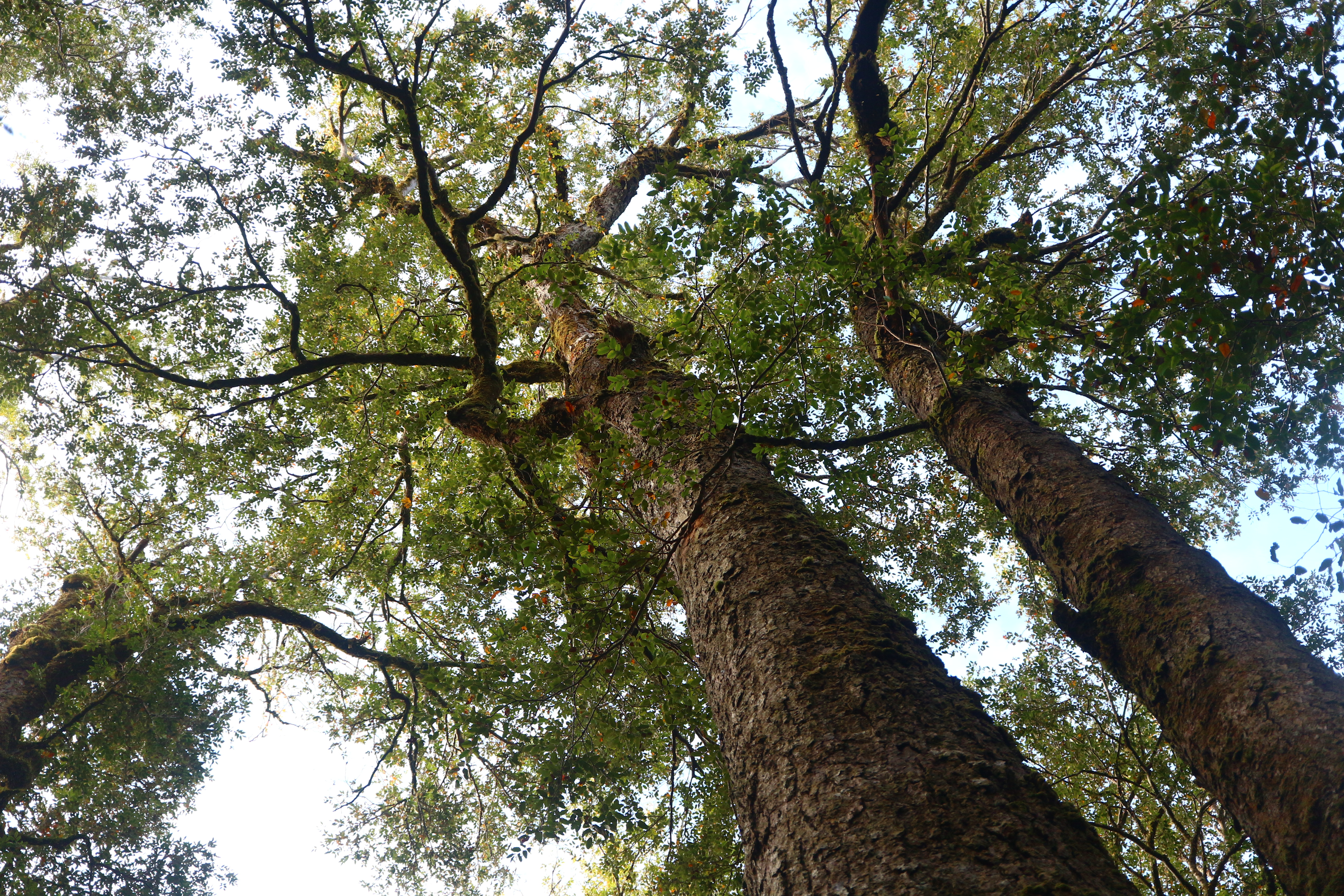
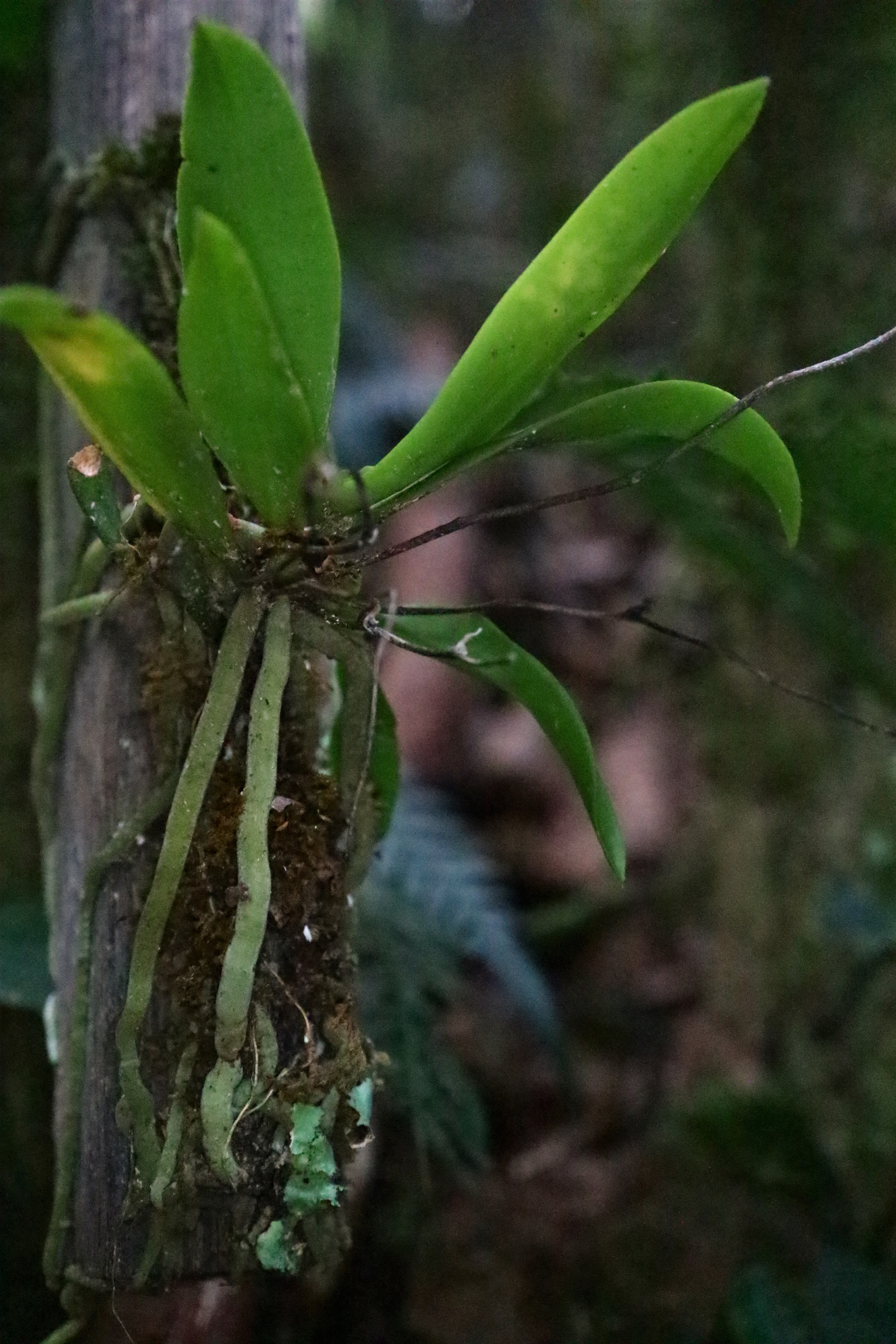
Above: Antarctic Beech; a native orchid found in Copeland Tops State Conservation Area.
Protecting these rare beauties in a hothouse world will be difficult, but there is so much that could be done now to strengthen the resilience of the Barrington Tops, beginning with culling the feral horses and adequately resourcing National Parks. It would be yet another ecocide to add to our list of crimes against nature if, after surviving continental drift, ice ages, and mass-extinction events, the Gondwana forests were to finally disappear.




